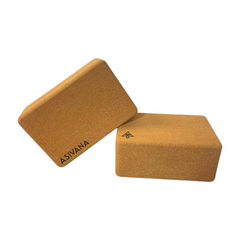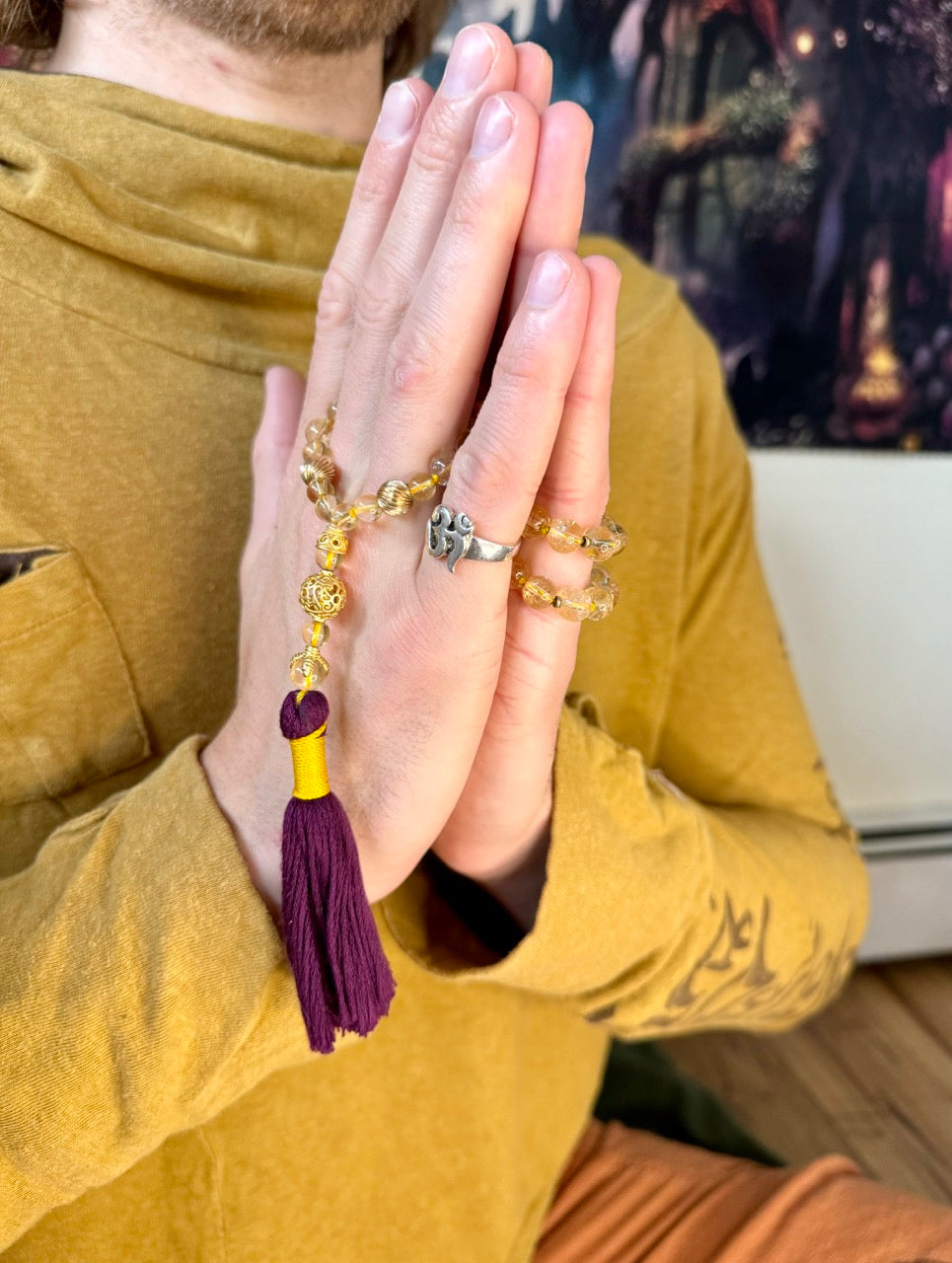Namaste (I Bow to You)
Jack UtermoehlShare
Namaste is a Sanskrit greeting commonly translated as “I bow to you" or more deeply a variant of "The Divine in Me Honors the Divine in You."
At its heart, it is a gesture of mutual respect and spiritual recognition, an acknowledgment of the shared essence within all beings.
Traditionally accompanied by the gesture of Anjali mudra (palms pressed together at the heart), namaste is used both as a greeting and a farewell in Indian culture and is widely spoken across India, Nepal, and other South Asian countries in both sacred and secular contexts.
Similar to how the English word “goodbye” originated from the phrase “God be with you,” namaste carries a sacred meaning, even when used in everyday conversation.
Though it is commonly used in India in casual interactions, its underlying essence of honoring another’s presence does not diminish with familiarity, instead, it becomes a lived expression of reverence in daily life.
Etymology and Meaning
Sanskrit Spelling: नमस्ते
Root Words: "Namah" (to bow, to honor) + "Te" (to you)
Translation Variations: I bow to you, salutations to you, the divine in me bows to the divine in you
Pronunciation: Namaste [nuh-muh-STAY]
Namaste expresses humility, reverence, and connection. In the context of yoga, it can mark the closing of a practice with intention and gratitude.
Yoga Essentials for Your Practice
Support your yoga journey with high-quality, sustainable props designed for comfort and stability.

Crafted from eco-friendly cork for durability and a comfortable practice.
$24
Shop Now
Includes everything you need to get started: a mat, blocks, and a yoga strap.
$120
Shop NowNamaste in Modern Yoga
In Western yoga classes, namaste is often said at the end of practice by both teachers and students, accompanied by a bow.
For many, this gesture is offered as a way to acknowledge the shared practice, honor the lineage of yoga, and cultivate humility.
However, its use in Western spaces has also come under discussion, particularly in conversations around cultural appropriation and authenticity.
The Controversy Around Saying Namaste
There are differing perspectives on whether saying namaste at the end of a Western yoga class is respectful or problematic:
Concerns Raised
- Namaste is often mispronounced ("nama-stay" shirts), misunderstood (religious), or stripped of its cultural context
- Some argue that using it without understanding or connection to Indian culture reduces it to a spiritual aesthetic (spiritual by-passing)
- There is concern that its ritualized use at the end of class can feel tokenizing or performative
Perspectives Supporting Its Use
- Many Indian yogis, both historical and contemporary, have encouraged the use of namaste as a respectful and unifying gesture
- When used sincerely and with understanding, namaste can serve as a bridge between cultures rather than a distortion
- Removing it altogether can lead to a sanitized, culturally diluted version of yoga disconnected from its roots
Symbolism and Practice
Gesture: Anjali Mudra at the heart, bowing the head in humility
Energy Center: Heart chakra (Anahata), seat of compassion and connection
Spirit of the Word: Mutual respect, shared essence, unity in diversity

Explore Our Full Collection
Discover all the yoga essentials and accessories you need to enhance your practice. Shop now and elevate your yoga practice.
Shop NowPractical Application
In Yoga Class
- Say namaste at the end of class if it feels sincere and meaningful to you
- Understand that namaste is more than a ritual—it is an invitation to connect with the deeper spirit of the practice
- Offer brief, occasional explanations to help students understand its cultural and spiritual significance
- Close class with reverence and presence, allowing namaste to be an intentional act—not a scripted ending
In Daily Life
- Practice the attitude behind namaste, humility, reverence, and respect, in how you relate to others
Quotes and Wisdom
"Namaste: My soul honors your soul. I honor the place in you where the entire universe resides."
"When we live namaste, every encounter becomes sacred."
Modern Relevance
The conversation around namaste in Western yoga spaces reflects a broader tension between cultural appreciation and appropriation.
While removing namaste to avoid discomfort may seem cautious, doing so without honoring its origin can unintentionally strip yoga of its cultural and spiritual roots.
Thoughtful, informed use is not appropriation—it is acknowledgment.
Related Concepts
Bhakti: Devotion and reverence, often expressed through language and gesture
Anjali Mudra: The physical expression of namaste through hands at the heart
Sanskrit: Honoring the language and lineage of yoga’s origin
Conclusion
Personally, I choose to continue saying namaste at the end of my class and classes I take because it honors the deep traditions of yoga that were openly and generously brought to the West by Indian teachers and yogis.
None of these teachers, those who offered yoga as a path of awakening, have ever suggested that saying namaste is a form of cultural appropriation.
If we stop using namaste out of fear or misinformed guilt, we risk whitewashing the very tradition we claim to respect. The word and the gesture are sacred not because of their aesthetic or frequency of use, but because of what they represent: mutual reverence, deep listening, and a thread of connection that runs through the heart of yoga. That thread deserves to remain visible.
Whether or not you choose to say “namaste” at the end of class is entirely your choice. It is not a requirement to honor the lineage of practice, nor does it diminish your practice if you choose not to use it.
What matters most is the reason behind that choice. When done with understanding and respect, it becomes appreciation. When removed without context, it risks becoming appropriation.






